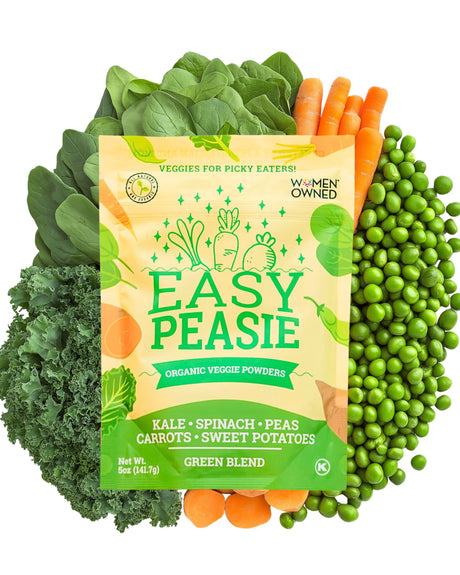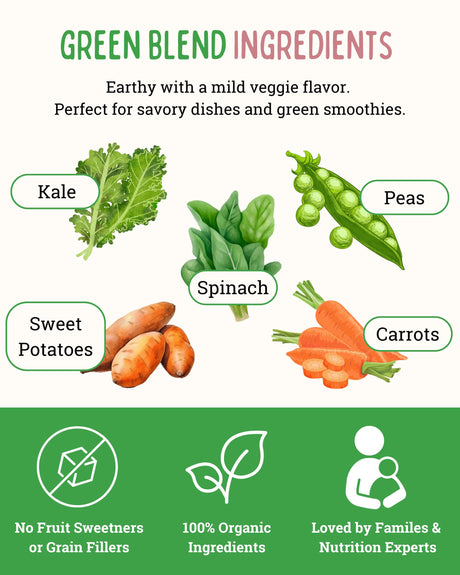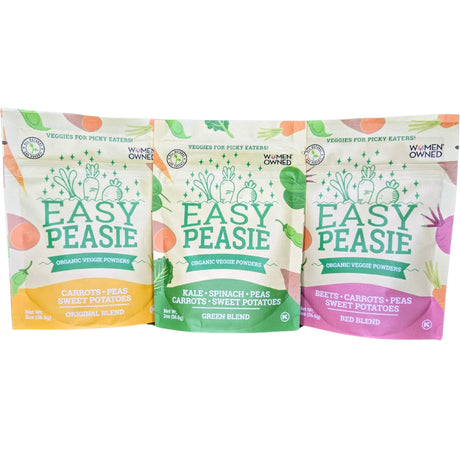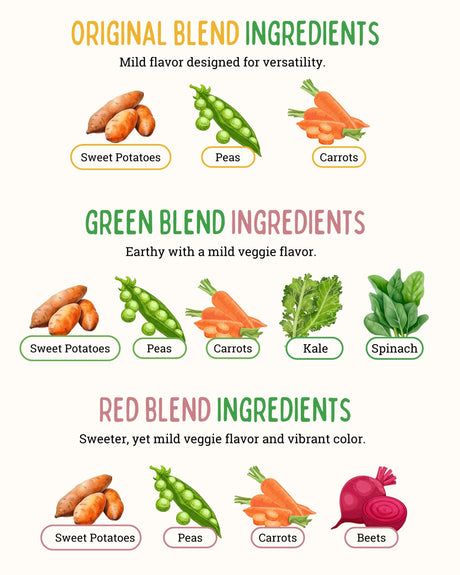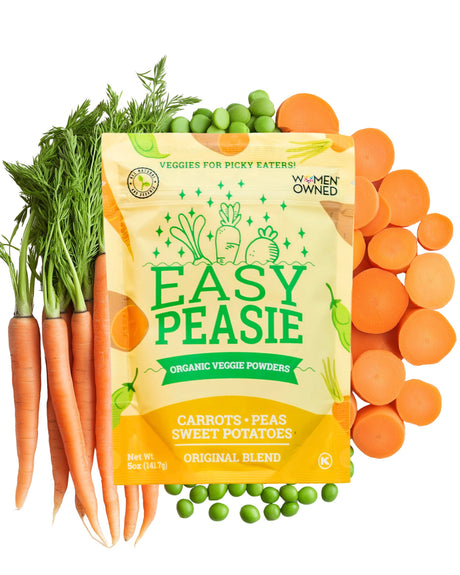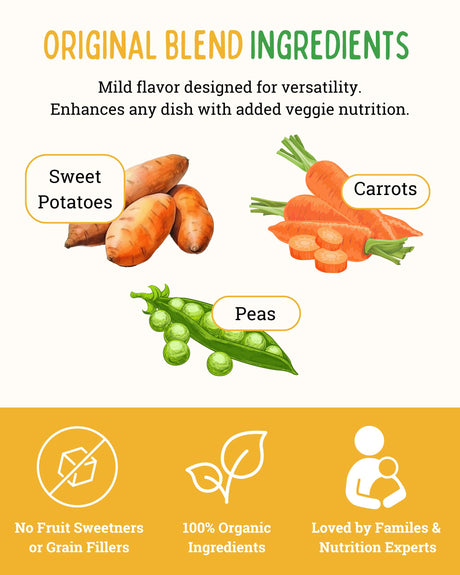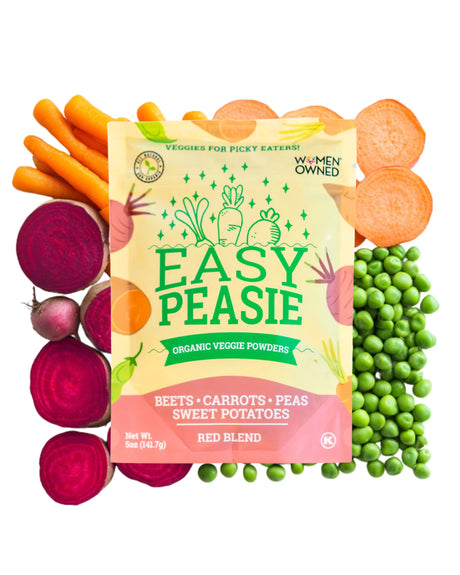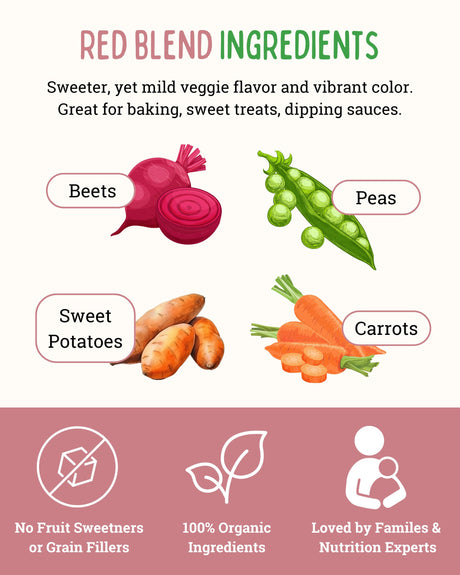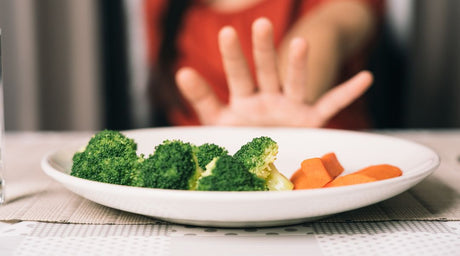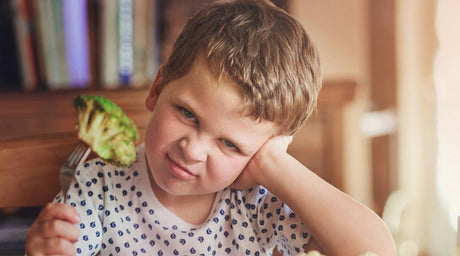Charting the Journey of Physical Development
Physical growth and the development of motor skills are pivotal aspects of a child’s journey from infancy through adolescence. This journey is marked by a series of milestones, each signaling a new stage of physical capability and independence.
From the first steps to the mastery of complex movements, these milestones are not just achievements in physical growth but are also critical for cognitive and social development. Understanding these stages helps parents support their children’s growth effectively.
Early Steps: Infancy and Toddler Years
In the early years, physical development is rapid and transformative. Infants progress from basic reflexes to sitting, crawling, and eventually walking. These stages reflect significant advancements in both gross motor skills (large movements like crawling and walking) and fine motor skills (smaller movements like grasping and manipulating objects).
Each stage is crucial, as it builds the foundation for the next. Parents can encourage this development through interactive play, tummy time, and providing a safe environment for exploration.
Growing Strong: The School-Age Child
As children enter school age, their physical growth continues with improved coordination, strength, and motor skills. This period sees the refinement of skills like running, jumping, and throwing, as well as the development of more complex abilities like riding a bicycle or swimming.
Participation in sports and physical activities not only enhances these skills but also contributes to overall health and social development. Encouraging regular physical activity during these years is crucial for establishing lifelong healthy habits.
Navigating the Teen Years: Physical and Motor Development
Adolescence brings another wave of rapid physical change, including puberty and growth spurts. This stage can pose challenges as teenagers adjust to their changing bodies.
Continued physical activity remains important, helping adolescents navigate these changes and maintain confidence in their physical abilities. It’s also a time to encourage a variety of activities to foster diverse motor skills and physical interests.
The Role of Nutrition in Physical Growth
Proper nutrition plays a critical role in supporting physical growth and motor skill development. A balanced diet that includes all essential nutrients helps ensure that children have the energy and building blocks needed for their growing bodies.
Parents should focus on providing a variety of nutritious foods to support their child’s physical development and overall health.
Encouraging a Balanced Approach to Physical Activity
In an era where screen time is prevalent, finding a balance between digital activities and physical play is increasingly important. Encouraging outdoor play, sports, and other physical activities can help offset the sedentary tendencies of modern life, promoting not only physical development but also social and emotional well-being.
Understanding Physical Growth in Children

The Evolution of Physical Growth from Infancy to Adolescence
Physical growth in children is a dynamic process that spans from infancy to adolescence, characterized by a series of changes and milestones. Initially, infants experience rapid growth in both weight and height, with significant developmental strides in motor skills.
As they transition into toddlerhood and early childhood, the pace of growth slows but remains steady, with the development of finer motor skills and increased physical coordination. During the school-age years, children continue to grow at a consistent rate until they reach adolescence, which marks another period of rapid growth due to puberty.
This final growth spurt brings about significant changes in body composition and physical appearance, culminating in adult physical maturity.
The Interplay of Genetics, Nutrition, and Environment
The trajectory of a child’s physical growth is influenced by a combination of genetics, nutrition, and environmental factors. Genetics play a foundational role in determining height potential and physical characteristics, setting the basic framework for growth patterns.
However, optimal nutrition is critical in realizing this genetic potential. A balanced diet rich in essential nutrients is crucial for supporting healthy growth and development. This includes adequate intake of proteins, carbohydrates, fats, vitamins, and minerals.
Environmental factors, including the child’s home, community, and overall lifestyle, also significantly impact physical growth. Access to nutritious food, opportunities for physical activity, and a safe and nurturing environment all contribute to healthy physical development.
Understanding these factors can help parents and caregivers create the most supportive environment for a child’s growth journey.
Early Childhood Physical Milestones
Charting the Key Stages of Early Movement
The early years of a child’s life are marked by remarkable physical milestones that lay the foundation for future movement and coordination. Infants typically begin by mastering head control and rolling over, followed by sitting up without support. Crawling usually emerges as the first form of independent movement, serving as a critical precursor to walking.
By the time they reach toddlerhood, most children progress to walking unaided, an exciting milestone that paves the way for running, jumping, and climbing. These stages not only reflect physical growth but also cognitive and motor skill development.
Encouraging Movement and Exploration
Parents play a vital role in supporting their child’s physical development during these critical stages. Encouraging tummy time from an early age helps strengthen the neck and shoulder muscles, essential for crawling and sitting.
Creating a safe, open space for children to explore and move around is important as they begin to crawl and walk. Providing age-appropriate toys that promote motor skills, like push toys for walking or balls for throwing and catching, can further aid in developing coordination and muscle strength.
Celebrating each new milestone and offering gentle encouragement can boost confidence and foster a love for active play. Additionally, ensuring regular check-ups with a pediatrician can help monitor their development and address any concerns early on.
Developing Motor Skills in Young Children
Fine-Tuning Fine and Gross Motor Skills
Motor skills development in young children is a critical aspect of their overall growth. It can be broadly categorized into fine and gross motor skills. Fine motor skills involve the use of small muscles in activities like picking up small objects, drawing, and using utensils, which are crucial for tasks requiring precision and coordination.
Gross motor skills, on the other hand, utilize larger muscle groups for activities like running, jumping, and climbing, essential for overall physical activity and coordination. The development of these skills is fundamental not just for physical tasks but also plays a role in cognitive development.
Activities to Foster Motor Skill Mastery
There are numerous fun and engaging activities parents can introduce to support the development of both fine and gross motor skills in young children. For fine motor skills, activities like playing with playdough, stringing beads, or simple arts and crafts can greatly enhance dexterity and hand-eye coordination.
Puzzles and building blocks are also excellent for developing these skills while offering cognitive challenges. To promote gross motor skills, activities such as playing catch, hopping on one foot, riding tricycles, or simple obstacle courses can be both enjoyable and beneficial.
These activities not only aid in physical development but also encourage creativity, problem-solving, and independence. Remember, the key is to make these activities fun and engaging, so children are motivated to participate and learn.
Physical Growth and Changes During School-Age Years

Steady Growth and Enhanced Coordination
The school-age years, typically ranging from six to twelve years, are characterized by steady and gradual physical growth. During this phase, children experience notable improvements in muscle development, strength, and coordination. Their bodies become more proportionate, and their motor skills, both fine and gross, become increasingly refined.
This is the time when children develop greater control over movements, allowing for more complex physical activities such as biking, swimming, and participating in organized sports. Their endurance also improves, as does their ability to understand and follow more complex rules and strategies in physical activities.
The Role of Physical Activity in Skill Refinement
Engaging in regular physical activity during the school-age years is crucial for the continued development of motor skills and overall physical health. Activities like sports, dance, martial arts, and playground play not only enhance physical skills like balance, agility, and coordination but also contribute to the development of social skills, teamwork, and discipline.
Encouraging children to participate in a variety of physical activities helps in identifying their interests and talents, promoting a lifelong appreciation for fitness and movement. Additionally, physical activity plays a role in maintaining a healthy weight, building strong bones and muscles, and improving self-esteem and confidence.
Parents and educators can support this growth by providing opportunities for diverse and regular physical activities, appropriate for each child's age and interests.
Adolescent Physical Development
Navigating the Waves of Puberty
Adolescence is a time of significant physical transformation, marked prominently by the onset of puberty. This period involves a series of changes including rapid growth in height, development of secondary sexual characteristics, and hormonal shifts. For many teenagers, these changes can be both exciting and challenging as they adjust to their evolving bodies.
Understanding these physical developments is crucial for teenagers to embrace this natural progression confidently and healthily.
Supporting Teenagers Through Physical Changes
As teenagers navigate through these developmental changes, support from parents and caregivers is vital. Open and honest discussions about puberty and the physical changes it brings can help alleviate any confusion or anxiety.
It’s important to emphasize that these changes are a normal part of growing up and that everyone’s body develops at its own pace. Encouraging a balanced diet and regular physical activity is also key in supporting healthy growth and development during these years.
Teenagers should be motivated to participate in sports or physical activities they enjoy, which not only aids in their physical development but also in building self-esteem, social skills, and a positive body image. Monitoring their sleep patterns and ensuring they get adequate rest is also crucial during this time of rapid growth.
Lastly, regular check-ups with a healthcare provider can help ensure that their development is on track and address any concerns that may arise.
Recognizing and Addressing Developmental Delays
Spotting the Signs of Developmental Delays
Developmental delays in physical growth and motor skills can vary widely among children, but there are some common signs that parents and caregivers can watch for. In younger children, delays may manifest as difficulties in reaching milestones such as crawling, walking, or coordinating movements.
School-aged children may struggle with activities that their peers find easy, such as jumping, running, or participating in sports. Other indicators might include persistent clumsiness, difficulties with fine motor skills like writing or buttoning clothes, and challenges with balance and coordination.
It's important to note that each child develops at their own pace, but significant deviations from typical developmental timelines may warrant further assessment.
Seeking Guidance and Professional Support
If you suspect that your child may be experiencing developmental delays, the first step is to consult with a healthcare professional, such as a pediatrician or a child development specialist. They can conduct or recommend comprehensive evaluations to better understand your child's developmental progress.
Early intervention can be crucial in addressing developmental delays, and a professional can guide you towards the appropriate services or therapies your child might benefit from. This could include physical therapy, occupational therapy, or specialized programs tailored to your child’s specific needs.
Remember, seeking help is a proactive step towards supporting your child’s growth and development, and early intervention can make a significant difference in outcomes.
The Role of Nutrition in Physical Development

Fueling Growth: The Power of Nutrition
The impact of nutrition on physical growth and motor skill development in children is profound and multifaceted. Adequate nutrition provides the essential building blocks for muscle and bone development, which are critical for physical milestones and motor skills.
Key nutrients such as protein, calcium, iron, and vitamins D and E play pivotal roles in supporting healthy growth. Protein is essential for muscle development, calcium and vitamin D are crucial for strong bones, and iron is vital for overall energy and stamina.
Ensuring children receive these nutrients through their diet is fundamental for their physical development.
Crafting a Balanced Diet for Optimal Growth
A balanced diet that supports healthy physical development includes a variety of foods to meet the diverse nutritional needs of a growing child. Incorporating a range of proteins from both animal and plant sources, such as lean meats, dairy products, beans, and nuts, ensures a robust intake of essential amino acids.
Fruits and vegetables provide necessary vitamins and minerals, while whole grains offer sustained energy and fiber. Dairy products or fortified alternatives are excellent sources of calcium and vitamin D, crucial for bone health.
Iron-rich foods like red meat, leafy greens, and fortified cereals help prevent anemia and support overall energy levels. It’s also important to encourage hydration with water and limit the intake of sugary beverages.
A diet that is varied, balanced, and tailored to a child’s individual nutritional needs can significantly influence their physical and motor skill development, laying the groundwork for a healthy and active life.
Balancing Screen Time and Physical Activity
Navigating the Digital Dilemma
In today's technology-driven world, screen time has become a prevalent part of children's lives, presenting a unique challenge to physical development. Excessive screen time can lead to a sedentary lifestyle, which is associated with various health issues, including poor physical fitness, obesity, and reduced motor skills development.
Prolonged periods of inactivity can hinder children's opportunities to develop essential motor skills, explore their environment, and engage in physical play, which is crucial for their overall growth and well-being.
Promoting Active Play in a Screen-Focused Age
Encouraging more physical activity in children is essential to counterbalance the effects of screen time. One effective approach is to set clear boundaries for screen use, designating specific times for digital devices and ensuring they don’t interfere with physical play or outdoor activities.
Parents can lead by example, participating in and promoting active family outings such as walks, bike rides, or trips to the park. Incorporating physical activities that children genuinely enjoy and look forward to is key – whether it’s a sport, dance, or simply active play in the backyard.
Organizing playdates with peers that focus on outdoor or physical activities can also provide social motivation for children to be more active. Additionally, schools and community organizations can play a role by offering various physical education programs and encouraging students to engage in extracurricular sports or physical clubs.
By consciously prioritizing physical activity and limiting screen time, parents can help foster a more balanced lifestyle that supports healthy physical and motor skill development in their children.
Embracing the Journey of Physical and Motor Development

Reflecting on the Path of Growth and Movement
As we conclude our exploration of physical growth and motor skills development in children, it's essential to reflect on the key points covered. We've navigated through the crucial stages of physical development, from the early years of mastering basic motor skills like crawling and walking to the complex coordination required in adolescence.
We've also delved into the significant role that nutrition, family dynamics, and balanced lifestyle choices play in supporting this growth.
The Vital Role of Parental Guidance and Support
Parents and caregivers have a fundamental role in nurturing their child's physical development. Active support and encouragement can make a substantial difference in a child’s growth journey. This involves not only providing a nutritious diet and a safe environment for exploration and play but also setting a positive example by leading an active lifestyle.
Encouraging regular physical activity, whether through sports, outdoor play, or simple family activities, is crucial for the development of strong, healthy bodies and the refinement of motor skills.
The Lasting Impact of Early Physical Development
The benefits of fostering healthy physical growth and motor skills from a young age extend far beyond childhood. These early years lay the foundation for a lifetime of health and well-being. Children who develop strong motor skills and a love for physical activity are more likely to continue these healthy habits into adulthood.
Moreover, the confidence, coordination, and discipline gained through these developmental experiences contribute to overall personal and academic success. As we recognize the importance of each developmental milestone, we also celebrate the journey of growth and the joy it brings to both children and their families.
Leave your comments below; we love to hear from you! And don't forget to follow EasyPeasie for more veggie info and convo on YouTube, Facebook, and Instagram! ~ThePeas


